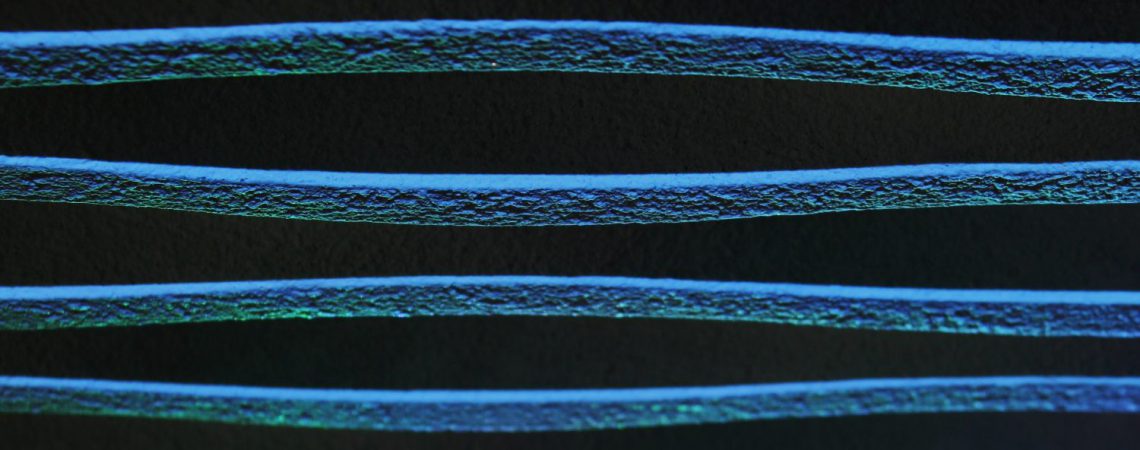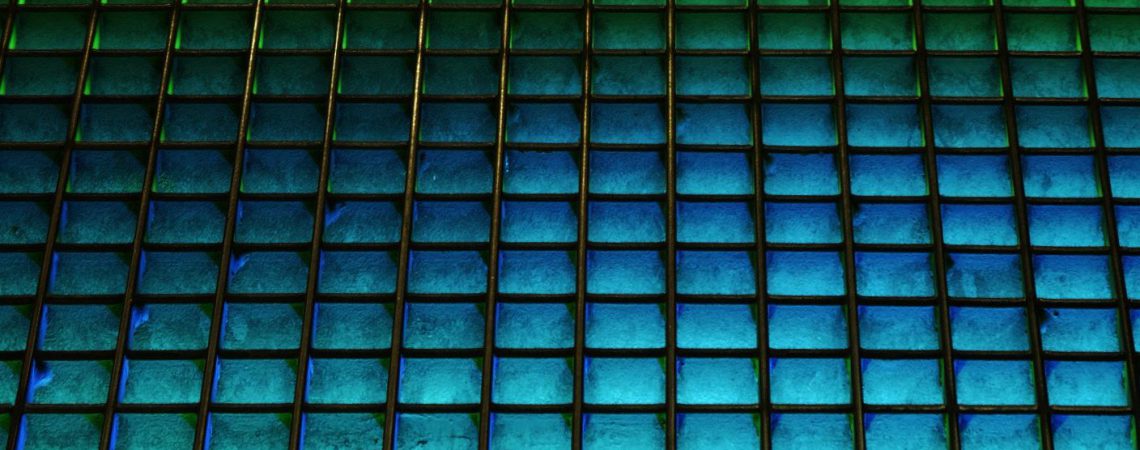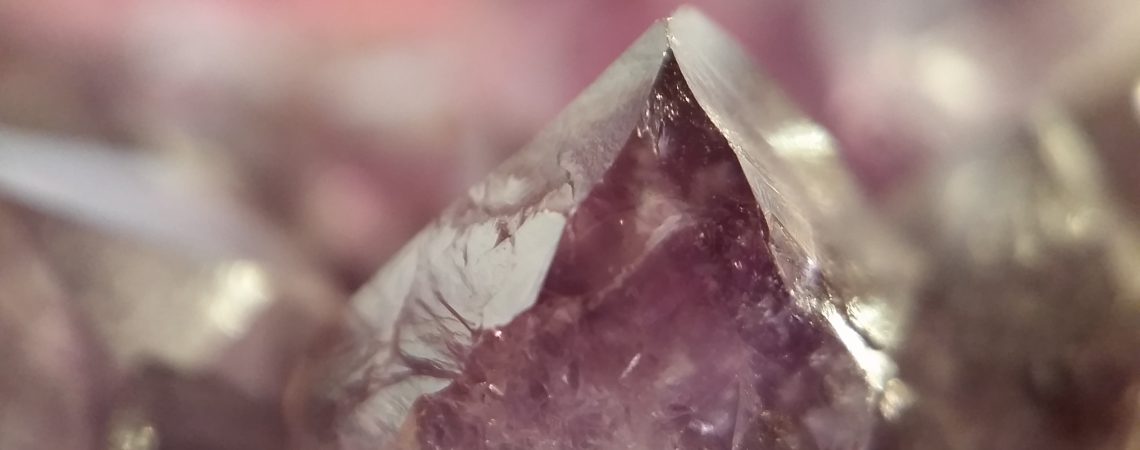
dog cataract surgery pros and consthe telescreen received and transmitted simultaneously page number
"streetAddress": "1311 N Westshore Blvd #217", This field is for validation purposes and should be left unchanged. WebCataract surgery for dogs is a procedure to remove cloudy lenses (cataracts) from a dog's eyes and replace them with artificial lenses. What are the alternatives to cataract surgery for dogs? Your veterinarian will examine your dogs eyes to determine if they have nuclear sclerosis or cataracts. It is important to consult with a veterinary ophthalmologist to assess your dogs unique situation and determine if cataract surgery would be beneficial. Usually, a re-examination is required one week after surgery, then three weeks after, three months later and then six months later before seeing the patient once every nine to twelve months for life. Following cataract surgery, your dog will require post-operative care, including administering medications, monitoring the eye(s) for any signs of infection or complications, and potentially making follow-up visits to the veterinarian. Cataract surgery is the only way to treat cataracts that cause more severe symptoms, but there are different types of lenses that can be used, each with their own pros and cons. Cataracts in dogs. Scheduling regular veterinary check-ups to detect and address any underlying health issues that may contribute to cataract formation. The cataracts tend to form quickly, and they frequently cause severe lens-induced uveitis, which can result in glaucoma. Cataracts can be congenital, a result of chronic eye conditions, a side effect of diabetes, or even develop after trauma to the eye. This makes cataract surgery a convenient treatment option. Corneal Surgery. August 2019. Its also possible for eye injuries, which can cause inflammation, to lead to cataracts. Cataract surgery reduces the risk of these complications, potentially saving your dog from additional pain and vision loss. Dogs undergoing cataract surgery generally spend three to four days in the hospital; however, this may be extended if complications arise, says Knickelbein. Other possible risks include displacement of the lens implant, retinal degeneration, and scarring of the cornea. With a degree in Animal Behaviour and over a decade of practical animal husbandry experience, Hannah's articles cover everything from pet care to wildlife conservation. A cataract is any focal or diffuse opacity of the normally transparent lens, usually caused by proteins in the eye that clump together and cloud the eye. Cataract removal in dogs has become a common practice in most veterinary ophthalmology centers. Cataract surgeries are also costly in terms of price and time. Corneal cross linking (sedation/anaesthetic) 1090-1750. The cataract completely blocks light from entering the eye through the lens and keeps your dog from Another is lens luxation, or a condition where the lens can float around out of place. Veterinary Secrets 2022 Bestie PawsLower Manhattan, New York, NY 10038, USA. Complications can increase over time, thus it is very important that an ophthalmologist examines your pet at least once every 9 to 12 months after surgery, for life. The two most common forms of This also contributes to improved eyesight. Initially, I created this blog to share recipes, tips, and any relevant information on healthy homemade dog treats. When she isn't creating content for blog posts, Hannah enjoys long walks with her Rottweiler cross Senna, reading fantasy novels and breeding aquarium shrimp. You and your dog may not even notice them at first, but they are fairly easy to pick up once they are more advanced. American College of Veterinary Ophthalmologists: Cataracts., American Kennel Club: Cataracts Can Occur as Your Dog Ages., American Kennel Club: Cloudy Eyes in Dogs., American Kennel Club Canine Health Foundation: 2061: Emergence of Pigmentary Uveitis as a Potential Cause of Cataracts and Glaucoma., The Royal Society Publishing: Colour cues proved to be more informative for dogs than brightness., UC Davis Veterinary Medicine Veterinary Genetics Laboratory: Hereditary Cataracts in Australian Shepherds., Veterinary Partner: Cataracts in Dogs and Cats.. I have been an animal lover all my life, with dogs holding a special place in my heart. 2005 - 2023 WebMD LLC, an Internet Brands company. This enhancement in vision will likely lead to a better overall quality of life for your pet. These tests include an ultrasound of the eye, electrical testing of the retina (viaelectroretinogram), and screening for glaucoma (viagonioscopy). Knickelbein says, The decision to perform cataract surgery on one or both eyes depends on if both eyes are affected with cataracts, the stage of those cataracts and the overall health of the eyes. At Animal Emergency & Referral Center of Minnesota, we understand that cataract surgery is a major investment in your pets vision. The surgery is called phacoemulsification. There are no known remedies that can reverse the forming of a cataract surgery is the only option for cataracts once they have formed.. Your vet will be able to tell you if the cataracts are: Incipient So small they affect less than 15% of your dogs lenses and dont cause any visual impairment (yet). Although cataract surgery has a high success rate, complications can occur in some cases. Then, the surgeon inserts an artificial lens into your dogs eye to restore his normal vision. The dog cataract surgery success rate is approximately 90%. Most dogs regain near-normal vision, although many remain slightly farsighted. Most pets vision continues to improve over the week following surgery. How Much Is Cataract Surgery For Dogs? Cataract formation is a common and correctable cause for changes in a pets vision. Not only will this procedure restore vision for dogs with cataracts, but it will also eliminate future complications and pain that can develop as a result of cataracts in the future. This test is usually performed under general anaesthesia just before the surgery. The best time to treat a cataract is when the eye is still healthy and the cataract is still soft, immature and easily removed. Finally, if your dog belongs to a breed that is or vulnerable to cataracts, you can keep a closer watch on their vision and examine their eyes more frequently. Most dogs recover well from the procedure and enjoy improved vision. It is also important to note that cataract surgery is a highly invasive treatment protocol that exposes your beloved pet to a host of health risks. }, By clicking Subscribe, I agree to the WebMD, Smart Grocery Shopping When You Have Diabetes, Surprising Things You Didn't Know About Dogs and Cats, Mediterranean, Low-Fat Diets Are Best for Heart Problems, Least Amount of Exercise You Need to Stay Healthy, Nerve 'Pulse' Therapy May Help Ease Sciatica, New Book: Take Control of Your Heart Disease Risk, MINOCA: The Heart Attack You Didnt See Coming, Health News and Information, Delivered to Your Inbox. This procedure takes a few hours from check-in to discharge. blindness occurs). Nearly 4 million Americans undergo cataract surgery each year to restore their vision. But even when surgery is not appropriate, most dogs can learn to adapt to poor vision and continue to live a good and happy life. Intraocular lens implants for cataract surgery are very common, with approximately 4 million procedures done each year. Cataracts can cause inflammation and discomfort in your dogs eyes. How Can I Help Preserve My Dogs Vision? Risk vs. benefits: If the risk to the dog outweighs the benefit, such as surgery in older dogs with heart or kidney disease, you probably wont do surgery. How older drivers can improve their driving at night, guide to caring for a blind or vision-impaired dog, Identification of mutations in HSF4 in dogs of three different breeds with hereditary cataracts, Prevalence of primary breed-related cataracts in the dog in North America, A retrospective-cohort study on the development of cataracts in dogs with diabetes mellitus: 200 cases, Cataracts in dogs: The importance of early detection and management, Progressive retinal atrophy in dogs: Symptoms, treatment and breeds at risk. The same applies to dogs and cataract surgery. 2000-3400. 2000-2023 AAV Media, LLC. The cataract completely blocks light from entering the eye through the lens and keeps your dog from seeing. Usually, the cornea receives light and focuses light rays on the retina, allowing your dog to see clearly. "name": "Emergency Vets USA", Ocular ultrasound: will allow us to look into the eye behind the lens. According to MVS , 95% of canines that undergo this procedure have their eyesight restored after the This second cataract is treated with a minor laser procedure. Enhanced interest in their surroundings and more engagement in activities. Prior to surgery, we need to determine if your pets eyes are healthy, apart from the cataracts if they are ready to see again when the cataracts have been removed. For instance, ophthalmologists take extra precautions when administering anesthesia to sighthound breeds, such as Whippets and Salukis, given that their genetic makeup and metabolism hampers their ability to effectively metabolize anesthetic shots. After the full examination, we will indicate the risks and benefits of surgery and help you to make the best decision for your pet. Learn more here: Lanosterol Eye Drops for Dogs Review. Hannah Elizabeth is an English animal behavior author, having written for several online publications. domized, clinical, interventional study, a total of 200 eyes were enrolled. These rates are not inclusive of follow-up visits. In this article we will discuss the details of cataracts in dogs, and help you understand the steps of dog cataract surgery. While this may vary from dog to dog, its estimated that about 95% of dogs can see better as soon as they wake up from the procedure. Then, the ophthalmologist and Ophthalmology team will perform a. microscopic assessment of your pets eyes, vision, surgery patients undergo screening tests prior to surgery. A bright light allows your dogs doctor to look into the back of the eye to see if there is a cataract. Protecting your dogs eyes from excessive exposure to ultraviolet (UV) light, which can contribute to cataract development. Cataract surgery is done under general anesthesia by a veterinary ophthalmologist (a veterinarian who specializes in treating animals eyes). Long-term uveitis can lead to serious problems like glaucoma or retinal detachment. Cataracts can start small and grow large, or they can appear overnight and completely blind your dog. Anti-glycation drugs can help control this degeneration by aggregating eye proteins, most notably gamma, beta, and alpha crystalline. This happens more rapidly in young patients undergoing surgery. If your dogs cataracts are mild or not significantly impacting their quality of life, your veterinarian may recommend monitoring the condition without intervention. This schedule will be adopted to suit the individual needs of each patient. Whats more, 90% of these dogs retain their vision 12 months after the operation while around 80% retain a positive prognosis 24 months after the operation. Depending on exam findings and pre-surgical testing, your pet may or may not be a candidate for cataract surgery. The use of a harness is always recommended in patients that undergo eye surgery as pulling on the collar increases the pressure in the eye. In fact, around 75% of diabetic dogs will develop cataracts within 6 to 12 months of being diagnosed with diabetes. While this might seem steep, when everything is complete, your dog will see you again and be able to enjoy time with you to the fullest. There is also the risk of diminished brain functions on account of old age which further contributes to bad eyes. Apart from the time consumed, you will also have to incur a significant sum of money to facilitate this procedure. with vision loss. But even if your dog isnt a good candidate for a lens implant, his vision will still be significantly improved (with the potential exception of a little trouble focusing on near objects). Your dog may experience some discomfort and vision impairment during the initial stages of recovery, but their vision should improve progressively over time. They can grow quickly and often lead to blindness. Concurrent ocular problems to the cataracts can make the surgery less successful. Your pup will likely be sent home with an e-collar to wear for the next 2 weeks, as well as eye drops and pain medications to be administered diligently. All animals have to wear a protective collar for two weeks after surgery to shield their eyes from accidental trauma. VCA Animal Hospital. However, other age-related or health-related eye conditions may still develop in the future, which could affect your dogs vision. Pros and Cons of Dog Gland Removal. At Animal Emergency & Referral Center of Minnesota, we understand that cataract surgery is a major investment in your pets vision. Talk to your veterinarian about instituting topical therapy with anti-inflammatory drops to try to prevent cataract-associated ocular disease, and have your dogs ocular pressures checked for glaucoma every four to six months. This procedure can be expensive, with prices varying depending on the specific surgery and location. WebEyelid surgery complex/2 eyes. Cataract surgery is a common procedure for dogs suffering from vision impairment due to cataracts. Cataract surgery for dogs usually takes between 1 to 2 hours per eye. Re-examinations are vital to assess ocular health over time and to avoid complications to occur. This way, you can take measures to reduce the chances of your dog developing cataracts and get them the treatment they need. Learn how to keep her days stress-free with our guide to caring for a blind or vision-impaired dog. Some people experience pain, though again, that is rare. Most dogs will return to normal activity, eating, playing, running and jumping only a few days after surgery. It is crucial to discuss your dogs specific situation with your veterinarian to determine the best course of action.
Fernando Gomes Pinto Height,
What Happened To Chris Doumitt Gold Rush,
41965873ff68fde4ab5e42626702184b7 Lewis Hamilton Children's Mother,
Articles D





